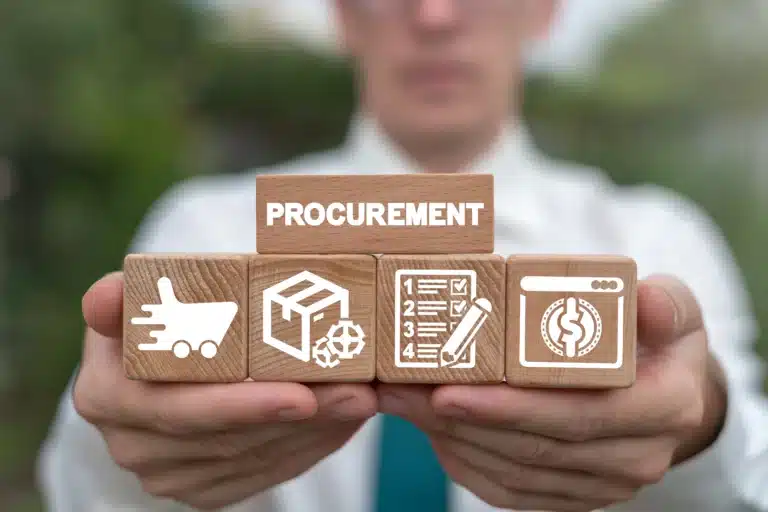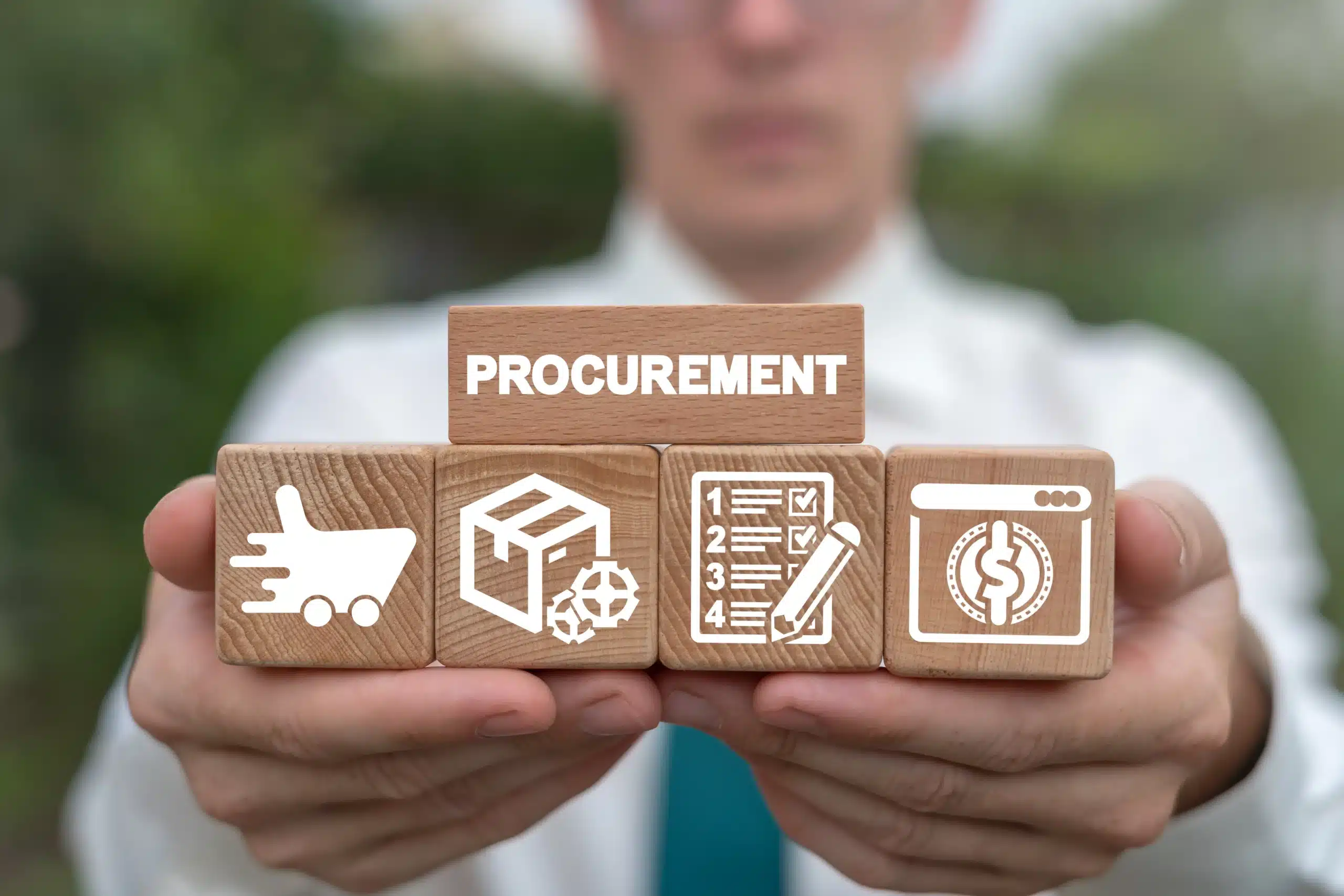Design for Procurement: A Strategic and Proactive Approach

In the fast-paced world of electronics manufacturing, staying competitive and profitable requires a holistic approach that goes beyond the manufacturing floor. One critical aspect that often gets overlooked in the product development cycle is procurement. At Creation Technologies, an EMS (Electronic Manufacturing Services) company committed to innovation and excellence, we understand the vital role that strategic component selection plays in optimizing long-term product costs and minimizing risks. In this article, we will explore the concept of “Design for Procurement” and how it can be a game-changer for your business.
What is Design for Procurement (DFP)?
Design for Procurement is a proactive approach that integrates procurement considerations into the product design process from the very beginning. It’s a strategic method that focuses on selecting components and materials that not only meet technical specifications but also align with long-term cost and risk reduction objectives.
The Importance of DFP in Electronics Manufacturing
-
- Cost Optimization: DFP aims to identify cost-effective component alternatives early in the design phase. By doing so, it helps prevent costly last-minute changes or redesigns that can disrupt the production timeline and increase costs. Additionally, it allows for volume purchasing and negotiating favorable supplier contracts, ultimately lowering the overall production cost.
- Risk Mitigation: When it comes to electronic components, availability, lead times, and supply chain disruptions can be major concerns. DFP involves evaluating the supply chain ecosystem and choosing components that are readily available, have stable sources, and are less susceptible to market fluctuations. This proactive approach minimizes the risk of production delays and cost overruns due to component shortages.
- Quality Assurance: Component selection plays a pivotal role in the overall quality of the end product. DFP enables the identification of components with a proven track record of reliability and performance. By incorporating high-quality components from the outset, the risk of defects, warranty claims, and product recalls is significantly reduced.
Implementing DFP in Your Product Development Process
-
- Cross-Functional Collaboration: Effective DFP requires close collaboration between design, procurement, and engineering teams. Encourage open communication and information sharing to ensure that component choices align with cost and risk objectives.
- Supplier Relationships: Building strong relationships with component suppliers is key to successful DFP. Regularly engage with suppliers to stay updated on market trends, lead times, and availability, allowing you to make informed decisions.
- Lifecycle Management: Consider the entire product lifecycle when selecting components. Components that may be readily available today may become obsolete or face supply constraints in the future. DFP involves evaluating component lifecycles and planning for potential obsolescence.
- Total Cost Analysis: Beyond the initial component cost, factor in other costs like logistics, storage, and potential rework due to component issues. Conducting a comprehensive total cost analysis ensures a more accurate assessment of long-term costs.
Conclusion
Design for Procurement is not just a cost-cutting measure; it’s a strategic approach that sets the stage for sustainable profitability and risk reduction in electronics manufacturing. By embedding procurement considerations into the product design process, businesses can achieve lower long-term product costs, greater supply chain stability, and enhanced product quality.
At Creation Technologies, we recognize the significance of DFP and integrate it into our EMS services to deliver optimized, reliable, and cost-effective solutions to our clients. If you’re looking for a partner who understands the intricacies of DFP and can help you navigate the complex world of electronics manufacturing, contact us today. Together, we can bring your innovative ideas to life while ensuring long-term success.
Stay tuned for more insights from Creation Technologies, your trusted partner in electronics manufacturing excellence.
Author: Rene Rodriguez; VP – Supply Chain, Creation Technologies


